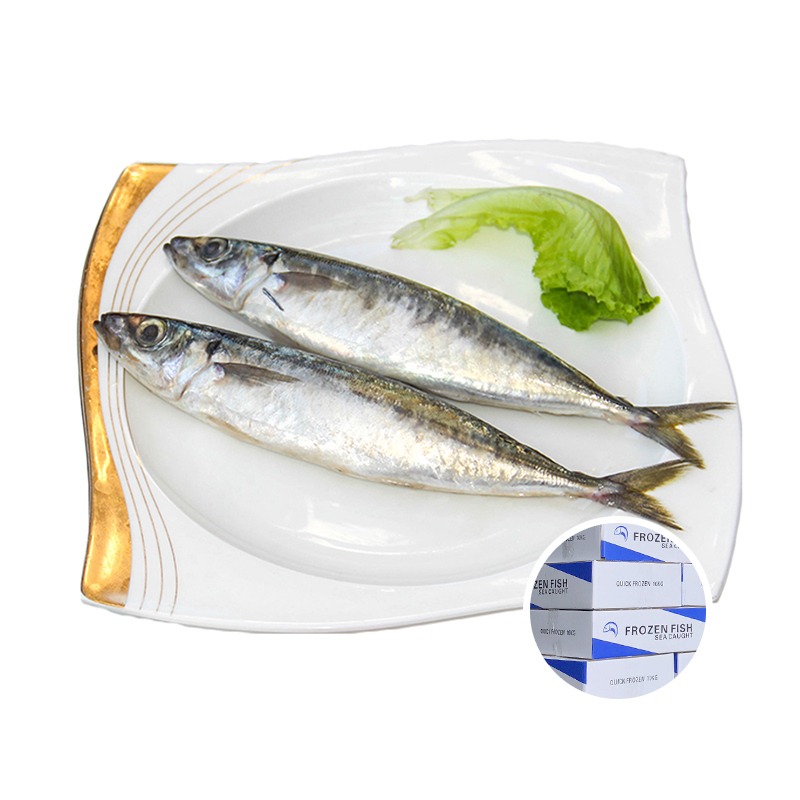Habitat of Muroaji
- Categories:News
- Author:
- Origin:
- Time of issue:2022-05-27 17:06
- Views:
(Summary description)Muroaji are warm-water swarms that swim in the middle and sometimes close to the bottom. In the long area, it is often mixed with the blue round trevally. The water layer is deep during the day, and it has a phototaxis habit at night.
Habitat of Muroaji
(Summary description)Muroaji are warm-water swarms that swim in the middle and sometimes close to the bottom. In the long area, it is often mixed with the blue round trevally. The water layer is deep during the day, and it has a phototaxis habit at night.
- Categories:News
- Author:
- Origin:
- Time of issue:2022-05-27 17:06
- Views:
Muroaji are warm-water swarms that swim in the middle and sometimes close to the bottom. In the long area, it is often mixed with the blue round trevally. The water layer is deep during the day, and it has a phototaxis habit at night. When the wind is calm, the tide is slow, and the southeast and south winds blow, it is easy to form clusters at dawn or dusk, and the optimum temperature for cluster formation is 19-21 °C. Muroaji is a juvenile fish of about 100 mm in length, and most of them live in symbiosis with jellyfish, jellyfish, and jellyfish.

The Muroaji manufacturer tells you that the larvae and juveniles use small-scale plankton as the main bait, and the larvae of krill, mysids and crustaceans are excluded from the juvenile to adult stage. In addition to plankton such as sardine larvae, there are also small fish and cephalopods. It is only distributed in the northwest Pacific region such as the coast of China, Japan and the Korean Peninsula.
The Muroaji manufacturer tells you that the larvae and juveniles use small-scale plankton as the main bait, and the larvae of krill, mysids and crustaceans are excluded from the juvenile to adult stage. In addition to plankton such as sardine larvae, there are also small fish and cephalopods. Muroaji manufacturers tell you that the types of feeding are related to the dominant species of bait organisms in the sea area. The feeding intensity was highest in spring and autumn, medium in summer and lowest in winter.
Scan the QR code to read on your phone
Related Reading

Call Us Anytime
0086-595-88798882

Find Us
5th F,Unit 1th,Bldg 19th,Xintiandi Square,Baogai Technology Park,Shishi City, Fujian Province, China.

Email Us

We sincerely welcome overseas companies and customers to establish business relationships with us, and we will provide not only good quality products but also the best price for you.
USEFULL LINK
LEAVE A MESSAGE
Contact Us






